(CLO) In an interesting cosmic coincidence, Venus - the planet named after the Roman goddess of love - will shine most brightly on Valentine's Day (February 14).
Thanks to its proximity to Earth and its dense, light-reflecting atmosphere, Venus is always the brightest planet in the sky. But this Valentine's Day, it will be brighter than usual. According to EarthSky, the next time Venus will be this bright in the evening will be in September 2026.
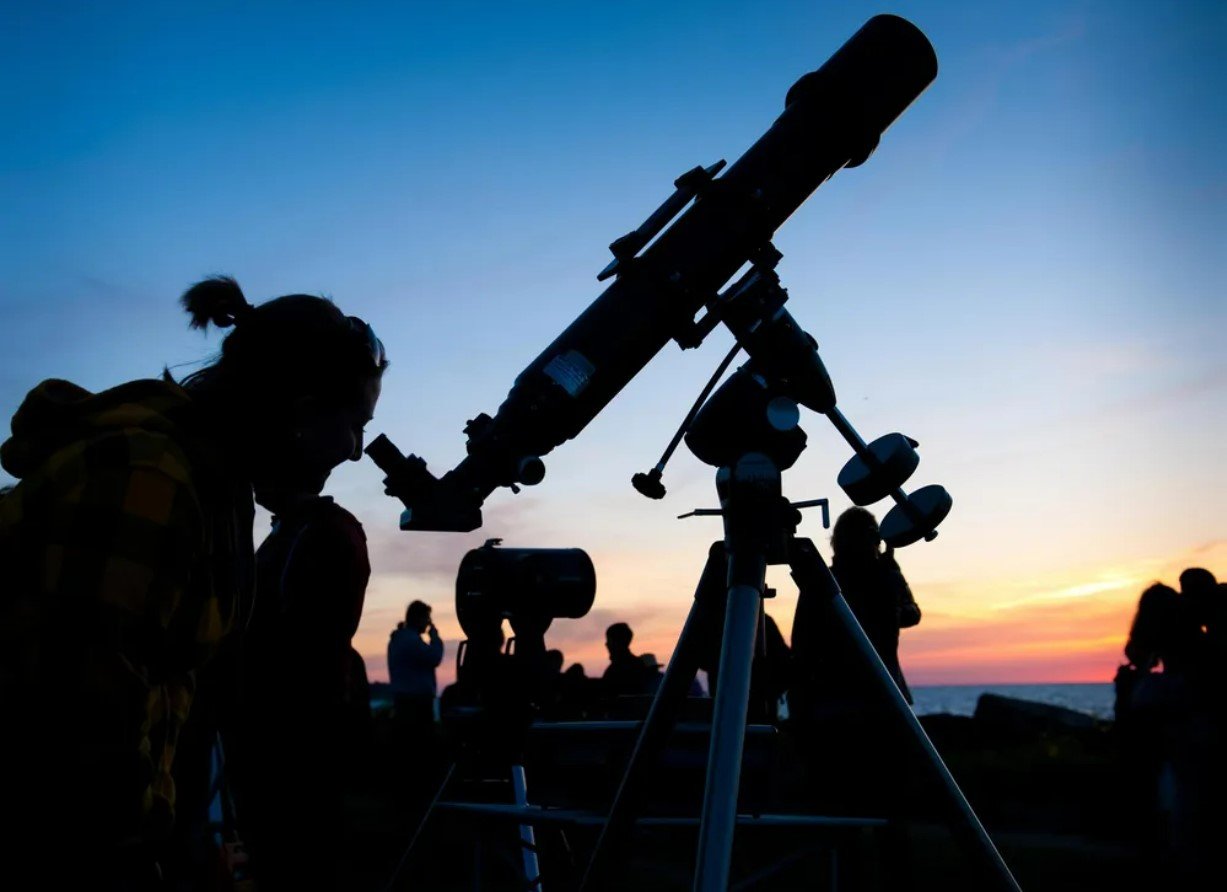
You can see Venus with the naked eye on Valentine's Day. (Photo: NASA)
Venus's brightness depends on its orbit around the sun and its distance from Earth. Right now, it's getting closer, making it appear larger and brighter.
Venus is known as the “morning star” and “evening star” because it can appear at sunrise or sunset, depending on its position relative to the sun and Earth. Currently, it appears in the evening, but from April on, it will gradually move into the morning sky, reaching its peak brightness on April 27.
Like the moon, Venus also goes through different phases of brightness. When its orbit brings it closer to Earth, the planet appears more like a crescent. Although only about 27% illuminated, Venus still reaches its peak brightness thanks to its closer distance from Earth, making it appear larger and brighter in the sky, according to Live Science.
NASA explains that even in the crescent phase, the intense light from a nearby distance makes up for the eclipse. The space agency even coined a romantic phrase to describe the phenomenon: "The goddess of love shines brightest when she's close by."
Venus is easily visible to the naked eye, but if you want to see its crescent shape clearly, you'll need powerful binoculars or a telescope. However, according to the Saint Louis Science Center, you won't be able to see the planet's surface because it's covered in thick clouds. According to Deborah Byrd of EarthSky, these clouds reflect up to 70 percent of sunlight, making Venus appear more sparkling when viewed from Earth.
Also, at the end of February, the skies will be filled with a rare event: seven planets will appear at once. Mercury, Venus, Mars, Jupiter and Saturn will be visible to the naked eye, while Uranus and Neptune will require a telescope or binoculars to observe.
Ha Trang (according to Smithsonian)
Source: https://www.congluan.vn/hanh-tinh-cua-tinh-yeu-se-toa-sang-ruc-ro-vao-ngay-le-tinh-nhan-post334357.html


![[Photo] General Secretary To Lam receives Vice President of Luxshare-ICT Group (China)](https://vphoto.vietnam.vn/thumb/1200x675/vietnam/resource/IMAGE/2025/11/15/1763211137119_a1-bnd-7809-8939-jpg.webp)

![[Photo] Panorama of the 2025 Community Action Awards Final Round](https://vphoto.vietnam.vn/thumb/1200x675/vietnam/resource/IMAGE/2025/11/15/1763206932975_chi-7868-jpg.webp)

![[Photo] General Secretary To Lam receives Governor of Kanagawa Province (Japan) Kuroiwa Yuji](https://vphoto.vietnam.vn/thumb/1200x675/vietnam/resource/IMAGE/2025/11/15/1763204231089_a1-bnd-7718-5559-jpg.webp)

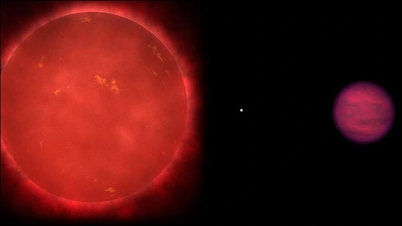

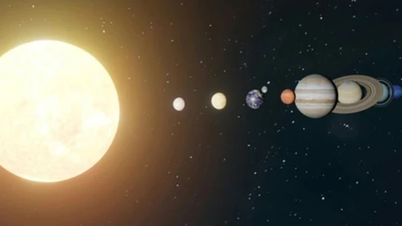



























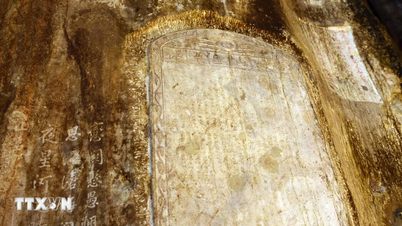

































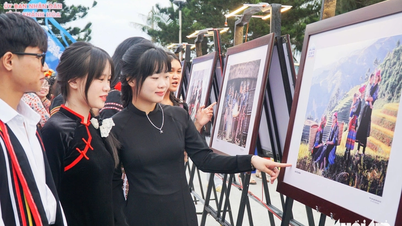





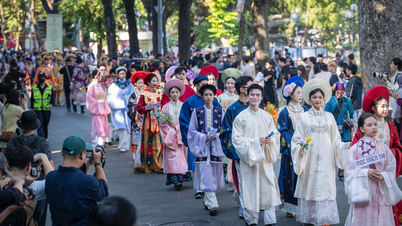






























Comment (0)